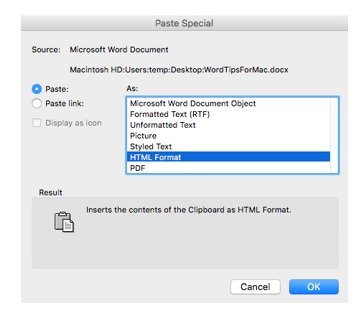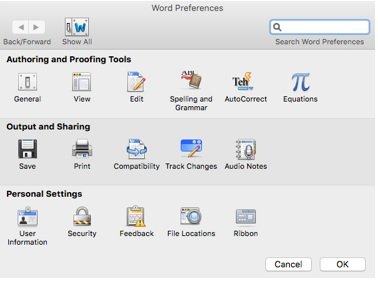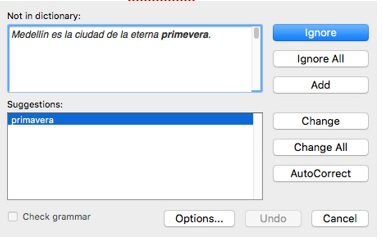Carissa Lamkahouan has two decades of professional writing experience and has been published in a wide range of newspapers, magazines, and online publications. At The Writers For Hire (TWFH), Carissa is our in-house authority for all things journalism. In this installment of our Copywriter Q&A series, we talked about the process of pitching an article.
Carissa’s advice: Start with the pitch letter. If you can perfect the art of the pitch letter, everything else will fall into place.
TWFH: Let’s start with the basics: What is a pitch letter and why do you need one?
CL: A pitch letter is a letter to a publication’s editor that explains your idea. It should tell the editor why your story idea is important in general, and why their readers in particular will want to read it. I also believe it’s important that you pitch yourself, too. You’re asking them to let you do this story, so explain why you’re the best person for the job.
TWFH: What are the key elements of a good pitch letter?
CL: It’s a lot like a cover letter. Your first paragraph should say, “Here’s what I want to write about, and here’s why it’s important.” The second paragraph needs a hook: Explain why readers will want to read your story. And in the third paragraph, sell yourself a little bit. Tell them how long you’ve been writing; link to a few articles or invite them to look you up.
TWFH: How much detail about the story do you want to include in your pitch letter?
CL: In first paragraph, I get decently specific. Publications get a million pitch letters. You don’t want an editor saying, “What are you talking about?” Spell it out very clearly: “This subject is interesting because XX. Your readers would be interested because XX.” In the past, I’ve also included a line to the effect of, “If this topic doesn’t appeal to you, there are other angles we can pursue, please feel free to contact me.”
TWFH: Does it help to let them know that you’re flexible, topic-wise?
CL: Yes. There was one case where I was hired to write an article on behalf of a client. He wanted to get his company’s name out there. We were pitching to a niche business publication, and the hook we originally came up with was a funny story about his celebrity client. It was a really fun idea, but when I sent my pitch letter I mentioned that we were open to other ideas. And they called me back and said, “This is funny, but it’s not for us.” So we went with a more serious, business-focused angle.
TWFH: How do you come up with the right hook that will appeal to a particular publication?
CL:Sometimes it’s pretty obvious. Luckily, everything’s online so you can take a look at the type of articles they publish. You’ll see a pattern.
TWFH: So, your hook and pitch letter should change depending on the content of the publication? Can you pitch one topic multiple ways?
CL: Yes. For example, I was going to write an article for a company that focused on creating products for dogs. I wrote pitch letters to several dog-related magazines, but the letters weren’t all the same. For more business- and inventor-focused magazines, I pitched a more general article about how the company founder was an inventor, and how he came up with ideas for new dog products. But I also pitched to pet-related magazines. The company also had a dog daycare business, and for the animal-specific magazines, we made that the focus. Things like, “What is dog daycare? And why do we need it?” I also pitched to a wellness magazine.
TWFH: How did you find a “wellness” hook?
CL: Dog daycare helps with dog depression. It was a completely different angle but still related to the inventor. I focused on the wellness aspect of his dog daycare business. Daycare makes dogs happier. They get depressed if they’re home alone. I interviewed veterinarians for that article, and I relied heavily on interviews with a dog psychiatrist.
TWFH: Can you walk me through the process from start to finish? Do you start by having an idea, pitching it to publications, and then waiting to write it until you know who’s interested? Do you write the article first and then pitch it? Or does the process vary?
CL: It is a fluid process, but it usually starts with an idea from experience I have or something I hear. Or maybe I have a client who wants me to help them get their name out there for whatever reason. I like to have at least two to three potential stories I can write based on just that one idea.
TWFH: Does the process change at all when you’re ghostwriting or if you’re writing and pitching an article on behalf of a client?
CL: With the dog daycare client I had one publication that liked the topic I suggested, which was the evolution of dog daycare. But they said, “We don’t want it to be all about your client.”
TWFH: And your client was OK with that? Were you able to find a way to mention his company without making that the focal point?
CL: I told him, “The lead is not going to be about your company — but when we mention X topic, we’ll mention you.” A lot of times, clients will be OK with that. You can also ask your client to supply photos, so when these magazines ask for pictures, which they will, you send your client’s pictures.
TWFH: So, the more flexible the client, the better the chances of getting their story picked up?
CL: They might get more coverage if they’re willing to take the focus off of themselves. It helps to explain tell clients, “Sometimes the article might be about your company, and then it might not.” My client was able to get more coverage with articles that mentioned his company or included a photo he sent, rather than articles that were all about his company or inventions.
TWFH: How do you choose which publications to pitch to?
CL: First, look at the subject matter and start with obvious publications. Then start working your angles. Look up publications related to any of those angles you’d be surprised what comes up.
TWFH: What about really super-niche publications that have outdated websites and/or don’t have a “submissions” section or clear info about pitching? Do you just write them off and move on? Do you try to track down contact info?
CL: If they’re niche, I try pretty hard to find an inroad. Most articles in a publication will have an email address for the writer. Try contacting them. I’ve done that. I’ll say, “Hi, I know you’re not an editor with X publication, but can you hook me up?”
TWFH: Does that work?
CL: Most writers will be willing to help. You can also try looking them up on social media, like Facebook or LinkedIn.
TWFH: How many pitch letters should you send at one time?
CL: That depends on how fast you’re trying to turn the article around. If you’re not in a hurry, you can start with five, then send another five in a month. If your topic is something time-sensitive — something that coincides with an anniversary date for an event, for example — you might want to send 20 pitch letters. And this is important: If you’re pitching to magazines in particular, you have to pitch six months in advance. They want stories three to four months in advance. So if you have a date-oriented piece, you’d better pitch early.
TWFH: What happens if multiple publications say they’re interested in your piece?
CL: Do all of them. But there’s the deal: Try to have a different hook or different interviewees on the same topic. You don’t want to write the same article multiple times. If it’s the type of article that doesn’t have a lot of hooks or there are not a lot of ways to write differently about your topic, you can still make it as unique as possible for each publication. It helps to have some ideas up your sleeve ahead of time. For example, find some local sources. If papers in both South Carolina and LA picked you up, find local people to interview. Reach out to local colleges or local experts. Editors know you’re pitching to multiple publications. But don’t ever turn down a publication. It’ll work itself out.
TWFH: What happens if you get zero responses from the publications you’ve contacted?
CL: Follow up. Have a follow-up email already written. There’s nothing wrong with that. They’re either going to ignore you or tell you no. If your topic is timely and you’re getting closer to the anniversary event, say, “I wanted to check in, this is coming up. That’s why it’s a good time to run it.” Mention your hook again. Ask if they’d like a different angle.
TWFH: Is there a rule to how often to check in or follow up? A lot of writers start to feel like they’re being annoying or too pushy after a while —especially if they’re not getting a response.
CL: Don’t be scared to do it. You’re doing those editors a favor. They don’t want to run around and find story ideas. A lot of them don’t have staff writers. They have pages to fill, and a lot of times writers don’t make their deadlines. And when that happens, they lose their stories and they’re scrambling for a replacement. Again, what can they do? Ignore you or say no.
TWFH: So you really might be helping them out if, say, they end up short on content.
CL: Editors are relying on your submissions. Offer other angles. Be fluid, be flexible, don’t be shy. You should never be shy about pitching. Editors know they’re going to get these pitch letters. They’re expecting to get them. Look at it this way: If you don’t tell them about these fun, cool, interesting stories, they’re not going to know.





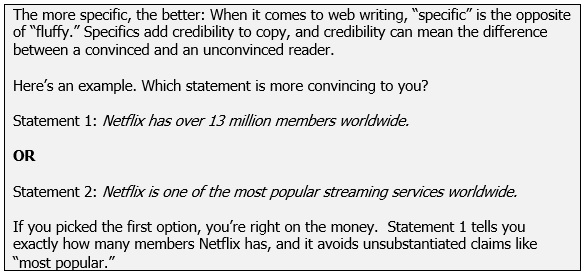
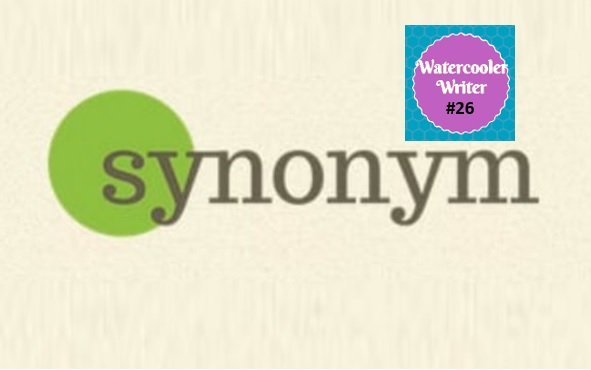
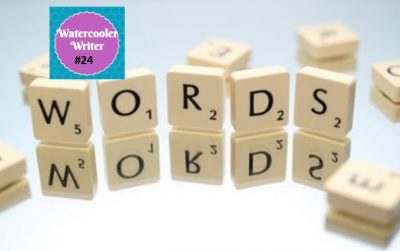


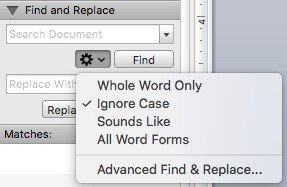

 Alternatively, CONTROL ⌘V opens the Paste Special dialogue box to choose the formatting for your pasted copy.
Alternatively, CONTROL ⌘V opens the Paste Special dialogue box to choose the formatting for your pasted copy. 